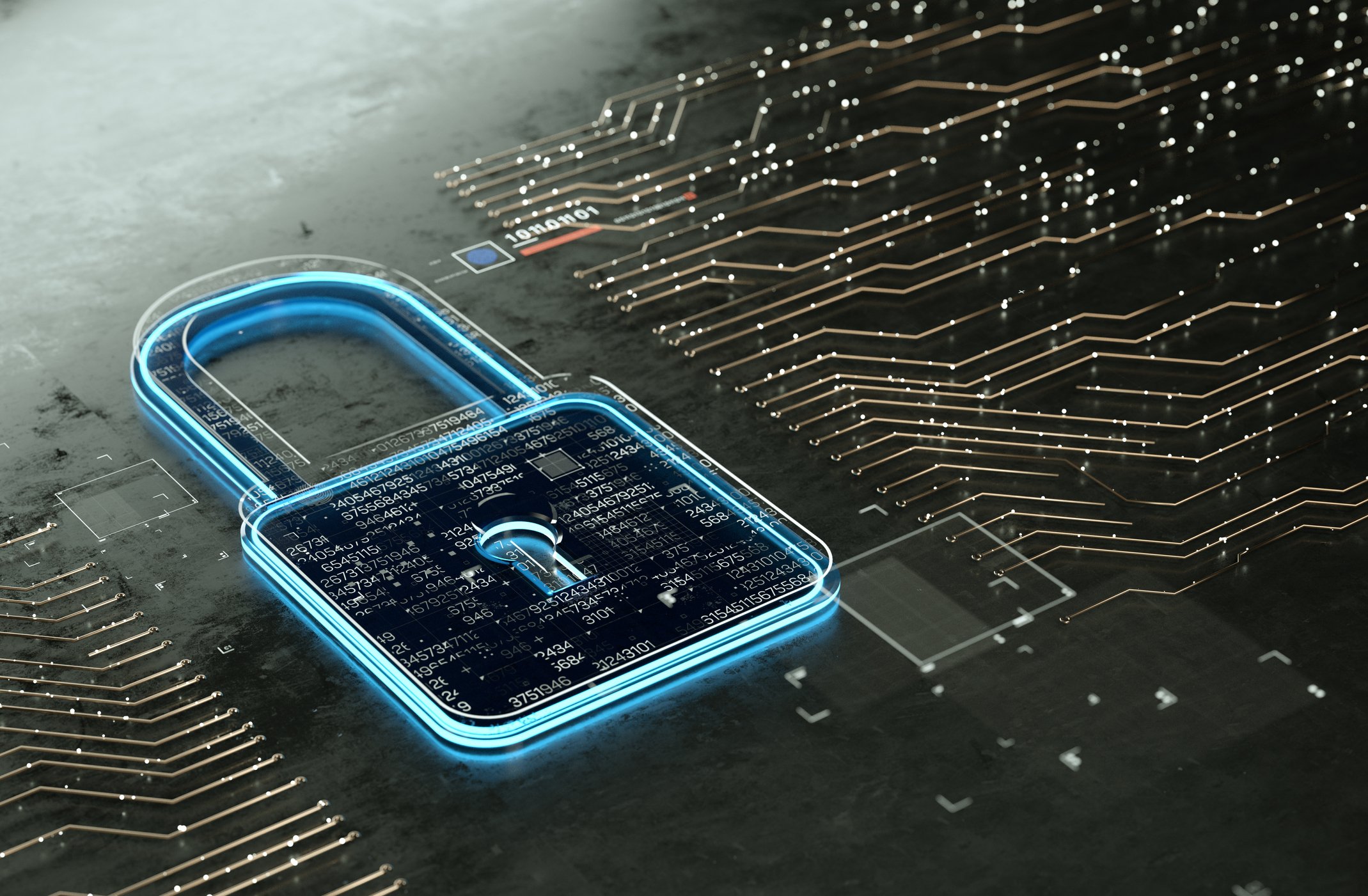

By CereCore Media Coverage | Nov 13, 2020
With the first patient death directly tied to a cyberattack in Germany and other recent high-profile cyberattacks on healthcare organizations in the United States, health IT leaders are doubling down on security efforts and downtime procedures.
It’s not a matter of if, but when.
According to a recent HCPro Revenue Cycle Advisor article “Recent Cyberattacks Highlight Importance of Downtime Procedures,” healthcare organizations must be well prepared in advance of an incident occurring. Hospitals should continue to function effectively when reverting to manual procedures during unplanned downtime or network disruption.
“It’s a matter of, what data do you have about the people on the floor?” says Mike Caplenor, Director of Client Security Assurance at CereCore. “Because the people on the floor are impacted—and that patient especially in the ICU—so you need to understand their relevant information.”
Takeaways for Plan B
Although The Joint Commission requires hospitals to implement manual procedures during unplanned downtime, there’s a big difference between having a plan and being able to implement where patient treatment continues uninterrupted. Experts in the article had these takeaways to offer:
Download the article pdf for additional resources on downtime protocols at healthcare institutions.
Original article: Recent Cyberattacks Highlight Importance of Downtime Procedures, HCPro Revenue Cycle Advisor.
CereCore Media Coverage shares insights and expertise from its
CereCore Media Coverage shares insights and expertise from its
Let us know how we can support your initiatives and take some of the heavy lifting from healthcare IT.
© All Rights Reserved CereCore Terms of Service California Notice at Collection Privacy Policy Responsible Disclosure